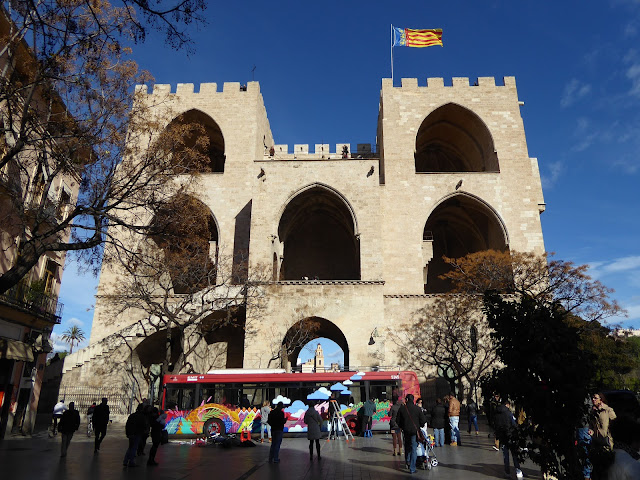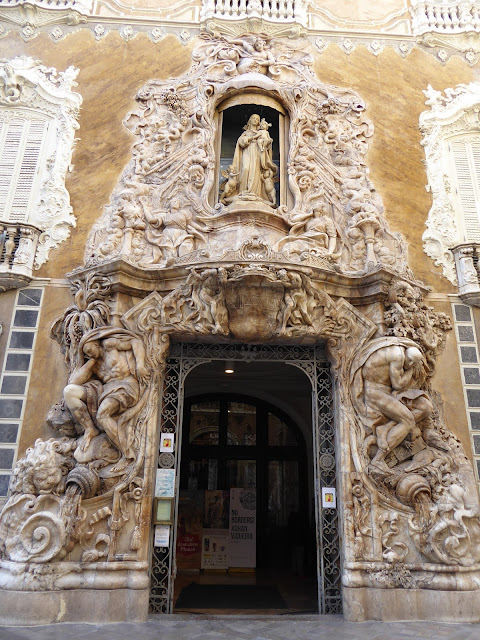Caballo (Horse)
El Prat de Llobregat, Barcelona
Cataluña, Spain
N 41° 18.219 E 002° 04.664
Short Description:
Caballo is located in the public arrivals area of Terminal 2B of Barcelona's El Prat de Llobregat airport in Barcelona, Spain.
Long Description:
Caballo is a gigantic bronze sculpture of a horse created by Colombian sculptor Fernando Botero in 1992. The sculpture is 3.4 meters high and 2.5 meters long and is set on a square marble base. The sculpture is created in Botero's his signature style of exaggerated size known as Boterismo. The horse is standing on four massive feet on a bronze plinth. Its head is bowed and tail is down.
A bronze plaque on the marble base is inscribed:
CABALLO
Fernando Botero
1992
Aeropuerto Españales Y Navegación Aérea

















































